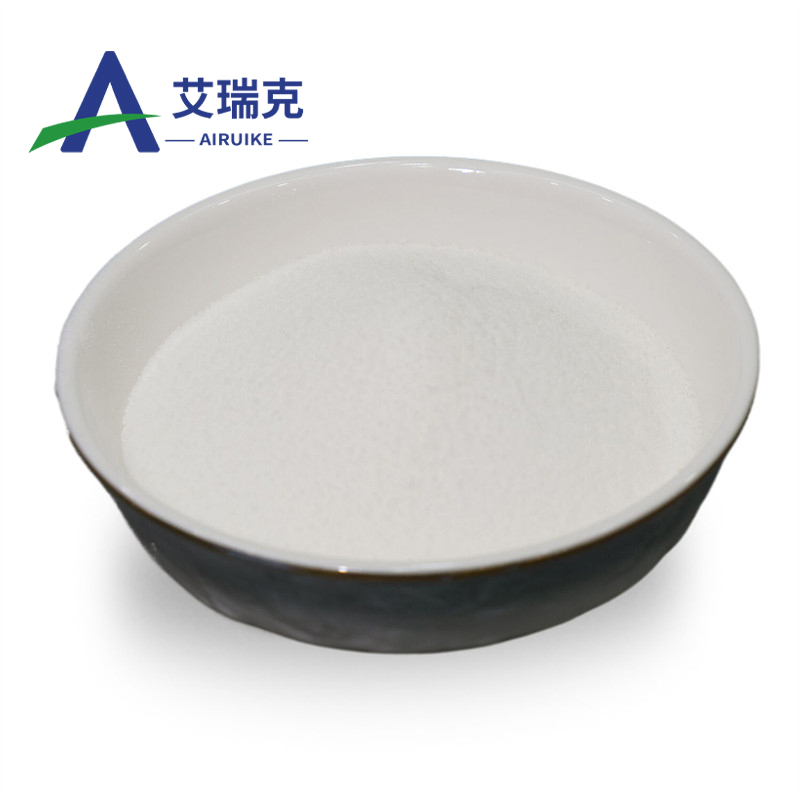-
Categories
-
Pharmaceutical Intermediates
-
Active Pharmaceutical Ingredients
-
Food Additives
- Industrial Coatings
- Agrochemicals
- Dyes and Pigments
- Surfactant
- Flavors and Fragrances
- Chemical Reagents
- Catalyst and Auxiliary
- Natural Products
- Inorganic Chemistry
-
Organic Chemistry
-
Biochemical Engineering
- Analytical Chemistry
-
Cosmetic Ingredient
- Water Treatment Chemical
-
Pharmaceutical Intermediates
Promotion
ECHEMI Mall
Wholesale
Weekly Price
Exhibition
News
-
Trade Service
Pituitary hypofunction is due to the inability of one or more pituitary hormones secreted by the pituitary to be produced or released into the blood circulation, leading to specific systemic reactions
.
Anterior pituitary hypofunction is caused by several causes, including traumatic brain injury, sellar tumors, gene mutations, invasive and infectious diseases
Pituitary hypofunction is due to the inability of one or more pituitary hormones secreted by the pituitary to be produced or released into the blood circulation, leading to specific systemic reactions
Adrenal insufficiency
Adrenal insufficiencyDue to the high risk of cardiovascular disease and infection, the mortality rate of patients with adrenal insufficiency is twice that of the general population
.
In this specific environment, due to changes in the immune response, the cytotoxicity of natural killer cells (NK) is reduced, and the number of hospitalizations and ICUs has increased significantly, and most patients have severe acute dyspnea (Figure 1)
Patients with adrenal insufficiency may face a high risk of overtreatment, because the existing glucocorticoid replacement programs cannot completely replace the production of hormones in the body and lack reliable clinical and biochemical markers, thereby increasing diabetes, obesity, and hypertension And the risk of chronic inflammatory diseases, all of these conditions are currently considered to be risk factors for poor prognosis and death in patients with new coronary pneumonia
Dexamethasone and methylprednisolone may inhibit virus entry into cells by binding to ACE2, and at the same time exert some beneficial effects
Figure 1 The defect of the pituitary targeting axis may be related to the susceptibility of SARSCoV-2 infection in patients with hypopituitarism
.
The figure details the role played by specific components of hypopituitarism, including hypogonadism, growth hormone deficiency, and adrenal insufficiency, which can lead to sars-cov-2 infection and severe new coronary pneumonia
Figure 1 The defect of the pituitary targeting axis may be related to the susceptibility of SARSCoV-2 infection in patients with hypopituitarism
Hypogonadism
Epidemiological studies have shown that men
with hypogonadism account for the majority, and the severity of SARS-CoV-2 is age-susceptible, and young women have milder symptoms .
An Italian retrospective observational study conducted a study of 431 consecutive adult patients, and found that women were a minority (27.
Males with hypogonadism account for the majority, and the severity of SARS-CoV-2 is age-susceptible, and young women have mild symptoms
Erectile dysfunction is a potential high risk of cardiovascular disease .
Growth Hormone Deficiency (GHD) Growth Hormone Deficiency (GHD)
Adult GHD patients may have a variety of metabolic abnormalities, including obesity and sarcopenia, hypertension, hyperglycemia or overt diabetes, and increased cardiovascular risk (the above are risk factors for poor clinical outcome of COVID-19) (Figure 2)
.
It is worth noting that the decline in growth hormone levels is a common feature of the elderly, especially men
Adult GHD patients may have a variety of metabolic abnormalities, including obesity and sarcopenia, hypertension, hyperglycemia or overt diabetes, and increased cardiovascular risk (the above are risk factors for poor clinical outcome of COVID-19) (Figure 2)
.
It is worth noting that the decline in growth hormone levels is a common feature of the elderly, especially men
.
At the same time, it is reported that the susceptibility to COVID-19 infection is related to age and gender
.
In addition, it is well known that lymphoid organs and peripheral blood cells produce GH, while GH receptors are expressed on different lymphocyte subsets
.
Many in vitro and animal studies have shown that growth hormone has an important role in immune regulation
.
GH stimulates T and B cell proliferation and immunoglobulin synthesis, promotes the maturation of myeloid progenitor cells, and can also regulate cytokine responses
.
However, in humans, there is no clear link between GHD and immunodeficiency, and only minor immune function abnormalities have been reported
.
Baseline tumor necrosis factor-α (tumor necrosis factor-α) and interleukin-6 (IL-6) elevations and damage to the fibrinolytic system are considered to be possible reasons for the increased cardiovascular risk in patients with growth hormone deficiency.
After rhGH replacement therapy, all these parameters (along with the reduction of pro-inflammatory markers) have been improved, highlighting its potential to inhibit inflammation and normalize the fibrinolytic system
.
Therefore, it is believed that GHD is related to the increased risk of COVID-19 infection
.
.
Many in vitro and animal studies have shown that growth hormone has an important role in immune regulation
.
GH stimulates T and B cell proliferation and immunoglobulin synthesis, promotes the maturation of myeloid progenitor cells, and can also regulate cytokine responses
.
However, in humans, there is no clear link between GHD and immunodeficiency, and only minor immune function abnormalities have been reported
.
Baseline tumor necrosis factor-α (tumor necrosis factor-α) and interleukin-6 (IL-6) elevations and damage to the fibrinolytic system are considered to be possible reasons for the increased cardiovascular risk in patients with growth hormone deficiency.
After rhGH replacement therapy, all these parameters (along with the reduction of pro-inflammatory markers) have been improved, highlighting its potential to inhibit inflammation and normalize the fibrinolytic system
.
Therefore, it is believed that GHD is related to the increased risk of COVID-19 infection
.
Figure 2 The clinical risk factors of SARS-CoV-2 infection and the severity of COVID-19 related to hypopituitarism
.
This figure reports the common complications of hypopituitarism, such as obesity, diabetes, arterial hypertension, and vertebral fractures on the impact of COVID-19
.
This figure reports the common complications of hypopituitarism, such as obesity, diabetes, arterial hypertension, and vertebral fractures on the impact of COVID-19
Diabetes insipidus (DI)
Diabetes insipidus (DI) Diabetes insipidus (DI)DI patients admitted to the New Coronary Pneumonia Hospital have a higher risk of death due to low blood volume , so endocrinologists must supervise the treatment of fluid replacement and desmopressin
.
Electrolyte disorders occur in many patients with new coronary pneumonia, and hyponatremia is the most common ion disorder
.
However, there are also reports that idiopathic central DI may occur in severe cases of new coronary pneumonia or during its recovery
.
The possible mechanism of central diabetes is inflammation-mediated reversible hypophysitis (in the case of severe acute respiratory distress syndrome), direct immune-mediated injury or its own poor prognosis
.
.
Electrolyte disorders occur in many patients with new coronary pneumonia, and hyponatremia is the most common ion disorder
.
However, there are also reports that idiopathic central DI may occur in severe cases of new coronary pneumonia or during its recovery
.
The possible mechanism of central diabetes is inflammation-mediated reversible hypophysitis (in the case of severe acute respiratory distress syndrome), direct immune-mediated injury or its own poor prognosis
.
Dehydration and hypernatremia may also lead to a high risk of acute kidney injury from new coronary pneumonia
.
In patients with severe new coronary pneumonia, because these patients are at high risk of developing pulmonary edema , intravenous fluids need to be carefully administered
.
The lack of continuous laboratory tests during the pandemic is a major factor affecting the prognosis, and obese DI patients associated with hypothalamic disease usually require such tests
.
In addition, these obese DI patients often have hypothalamic enlargement, so special attention needs to be paid during the period of new coronary pneumonia, because both may be risk factors for poor prognosis in patients with new coronary pneumonia
.
.
In patients with severe new coronary pneumonia, because these patients are at high risk of developing pulmonary edema , intravenous fluids need to be carefully administered
.
The lack of continuous laboratory tests during the pandemic is a major factor affecting the prognosis, and obese DI patients associated with hypothalamic disease usually require such tests
.
In addition, these obese DI patients often have hypothalamic enlargement, so special attention needs to be paid during the period of new coronary pneumonia, because both may be risk factors for poor prognosis in patients with new coronary pneumonia
.
The most complicated situation is patients with adrenal insufficiency and DI at the same time, because new coronary pneumonia often has fluid and electrolyte disturbances; for these patients with complex hypopituitarism, monitoring and careful water and electrolyte supplementation are needed to avoid hypotension.
Natriemia and hypernatremia
.
Natriemia and hypernatremia
.
Original source:
Original source:Frara S, Loli P, Allora A, et al.
COVID-19 and hypopituitarism.
Rev Endocr Metab Disord 2021 Aug 13
COVID-19 and hypopituitarism.
Rev Endocr Metab Disord 2021 Aug 13 COVID-19 and hypopituitarism.
Leave a message here







